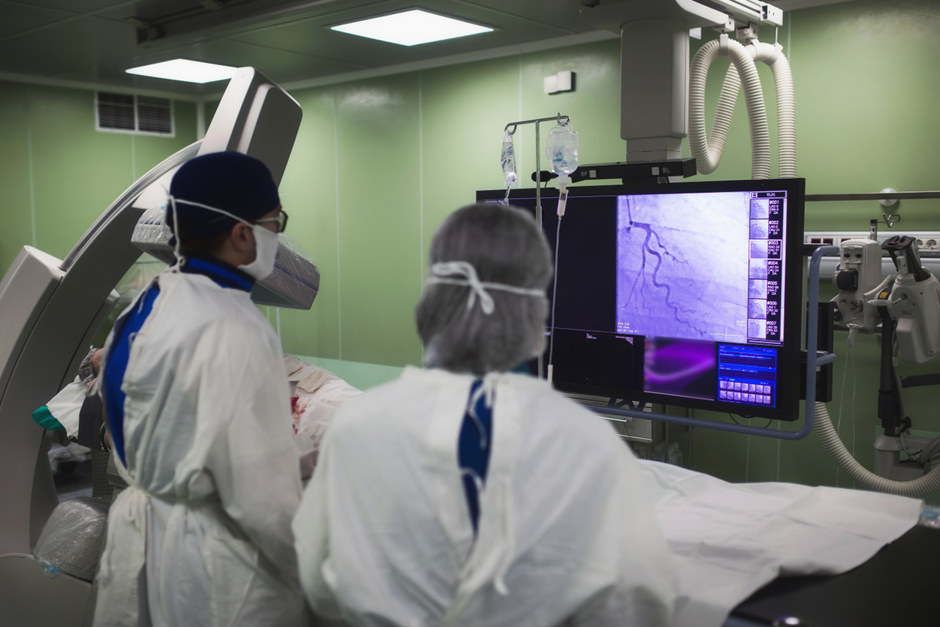Myth: PCI is only for heart attack patients.
Fact: PCI is used to treat various stages of coronary artery disease, not just during acute heart attacks.
Myth: Angioplasty is as risky as open-heart surgery.
Fact: PCI is less invasive than open-heart surgery and generally has a quicker recovery time and lower risk of complications.
Myth: Stents are permanent and can’t fail.
Fact: While stents are designed to be permanent, there is a risk of restenosis, where the artery can narrow again.
Myth: You can’t have an MRI with a stent.
Fact: Most modern stents are made from materials compatible with MRI machines, but you should always inform your MRI technician about your stent.
Myth: PCI completely eliminates the risk of future heart problems.
Fact: PCI improves blood flow but doesn’t cure underlying coronary artery disease; lifestyle changes and medications are often required to manage health.
Myth: Recovery from PCI takes several months.
Fact: Most patients can return to normal activities within a week, though full recovery guidelines should be confirmed by a healthcare provider.
Myth: PCI is a good alternative to lifestyle changes or medication.
Fact: PCI is typically used when lifestyle changes or medications are insufficient alone; it is part of a comprehensive approach to heart health.
Myth: All heart patients are eligible for PCI.
Fact: Eligibility for PCI depends on specific factors like the type and severity of artery blockage and overall health.
Myth: Angioplasty is always better than bypass surgery.
Fact: The choice between PCI and bypass surgery depends on the number of arteries blocked, their location, and the patient’s overall health.
Myth: Once you have a stent, you no longer need heart medication.
Fact: Most patients will need to continue medications, especially antiplatelets, to prevent blood clots around the new stent.
Myth: PCI is an experimental procedure.
Fact: PCI is a well-established treatment that has been in use for decades and has a proven track record of safety and effectiveness.
Myth: PCI can be done at any hospital.
Fact: PCI should be performed in facilities with the necessary expertise and equipment, ideally with available cardiac surgery support.
Myth: Angioplasty is painful.
Fact: The procedure is performed under local anesthesia, and most patients feel pressure but not pain.
Myth: You’re cured after PCI.
Fact: PCI addresses the immediate blockage but not the overall disease process; ongoing treatment for heart disease is necessary.
Myth: If you’re young, you don’t need to worry about PCI.
Fact: Younger people with significant risk factors or genetic predispositions might still require PCI.
Myth: Women don’t benefit as much from PCI as men.
Fact: PCI is effective in both men and women, although there can be differences in symptoms and outcomes.
Myth: Exercise isn’t safe after PCI.
Fact: Exercise is typically encouraged after recovery, but it should be discussed with a healthcare provider for personalized advice.
Myth: PCI will set off metal detectors.
Fact: The small amount of metal in stents is usually not enough to set off metal detectors.
Myth: A stent will dissolve eventually.
Fact: Most stents do not dissolve; however, there are bioresorbable stents designed to dissolve over time but they are less common.
Myth: PCI is only for older adults.
Fact: PCI can be necessary for adults of any age depending on their heart health and specific conditions.

